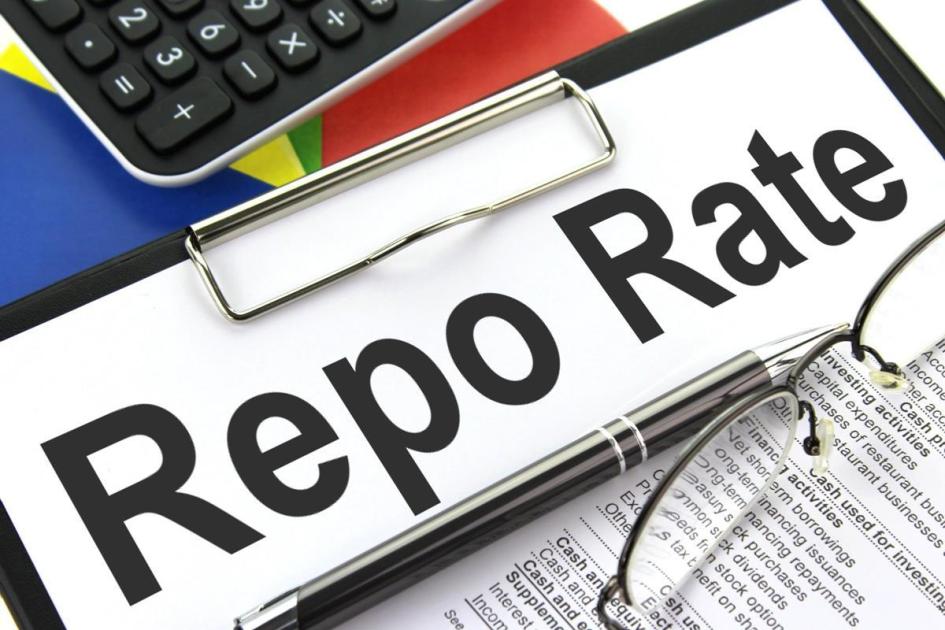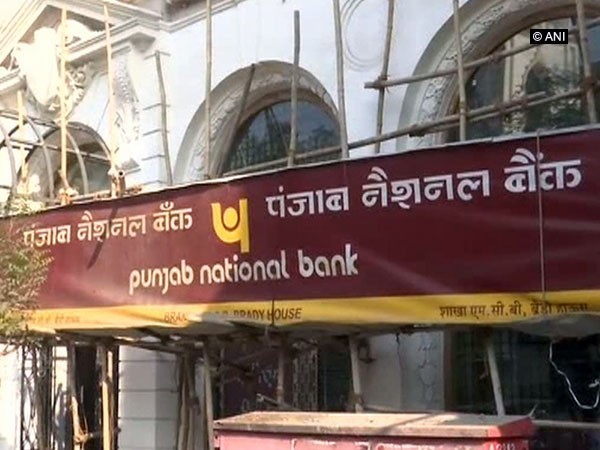The RBI decreases its repo rate by 35 basis points, fourth consecutive time in 2019.
By Abhay Shah, Realty Quarter

On Wednesday, the Reserve Bank of India (RBI) reduced the repo rate by 35 basis points from its present 5.75% to 5.40%. The reverse repo rate is also cut to 5.15%.
Repo rate is the price at which commercial banks are provided with money from the RBI. A repo rate reduction enables banks to lower consumer interest rates on loans. Reverse repo rate is at which it borrows from banks. Due to this, a consumer may find it easy to take more loans (based upon the interest amount affordable by them) and will create more circulation of funds, which in turn will reduce the current situation of Financial Crunch in the nation.
The rate cut done by the RBI gives borrowers encouragement, but may well lead to tears for fixed income earners in the future. While borrowers will obviously profit from a decrease in the credit rate in the economy, it also impacts the livelihoods of fixed deposits, if the rates of these decreases.
The reserve bank stated in its bi-monthly monetary policy statement that “the decisions are in line with the goal of reaching the medium-term consumer price index (CPI) inflation goal of 4% in a range of +/- 2 per cent and encouraging growth.”
This was the central bank’s fourth cut in 2019. The last time the RBI made this many back-to-back cuts was after the global financial crisis happened in 2008.
Governor Shaktikanta Das heading the six-member monetary policy committee (MPC) retained its “accommodative” position but said further price cuts would rely on inflationary levels. The MPC said domestic financial activities are still fragile, as worldwide slowdown and increased trade stresses pose downside hazards.
The central bank revised its GDP growth estimate at 6.9% for this year compared to its previous projection of 7%.



















































































